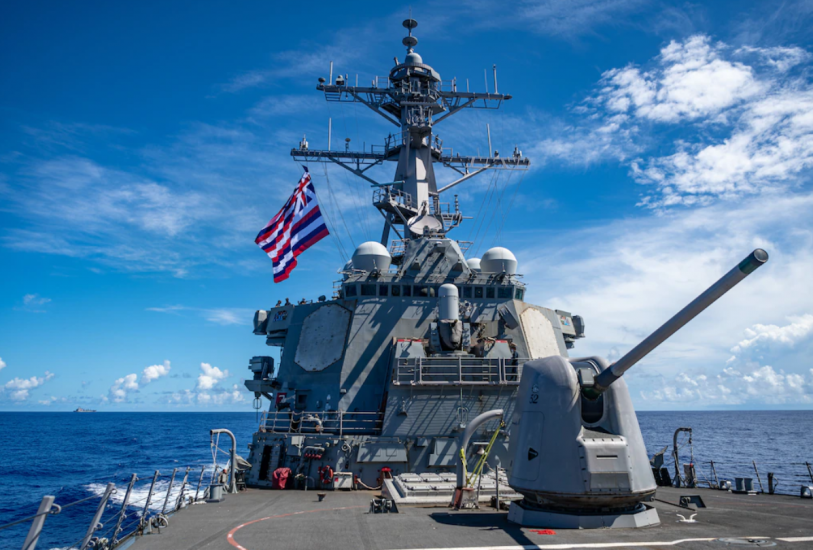The US Navy has issued a Request for Solutions (RFS) to “seek innovative solutions for a prototype open systems architecture that defines the requirements and interfaces of a reference architecture for High Level Data Fusion capability in support of a Command and Control (C2) system that can fuse data from multiple sources to provide object assessment, situational assessment, and threat assessment.”
According to the Beta.SAM site: “Current DoD C2 and sensor systems are vertically integrated and use different software architectures which are often proprietary to the original equipment manufacturer (OEM), preventing capabilities from being used across multiple C2 systems. The sensors currently used for CUAS are generally either Commercial Off the Shelf (COTS) or Government Off the Shelf (GOTS) and sense the environment in various parts of the electromagnetic (EM) spectrum (from radio frequency (RF) through visible light and beyond). Sensors may be active, passive, or a combination. While the sensors themselves are an important component of any CUAS system, new sensors or types of sensors, and port specifications of those sensors are not being addressed under this RFS. Furthermore, there are plenty of existing protocols that are used to connect sensors to C2 systems and to share data between systems. The scope of this RFS does not involve the replacement or replication of those efforts. The demonstrated application of this project is to ingest sensor data (using existing interfaces), perform High Level Data Fusion (HLDF) on that sensor data, and present actionable information to the C2 system.
“The Department of Defense (DoD) has developed CUAS systems to counter specific threats or types of threats, there has to date been no overarching design for a generalized system that is extensible and flexible enough to counter the generalized sUAS threat by being able to interchange HLDF components with minimal modifications for non-proprietary software capabilities. The disparate nature of current CUAS systems also leads to a high cognitive workload on the operator in order to get a clear picture of the overall threat and the possible impacts it could have. Inevitably, this means different operators will reach different conclusions about the threat level and possible impacts of that threat, even when presented with the same or similar data. Instead of having the operator collate all the data to get a picture of the threat, which must occur prior to initiating any countermeasures, the DoD would like for the open HLDF architecture to be able to perform object assessment, situational assessment, and threat assessment to inform the operator of the overall threat that is present.”
Tender number: N0016421SNB45 (https://beta.sam.gov/opp/a5d5a0b659d8403892e3c78598cfc586/view?keywords=%22High%20Level%20Data%20Fusion%22&sort=-relevance&index=&is_active=true&page=1)
Responsible Agency: Department of the Navy
Deadline: 2 April 2021
(Image: The Arleigh Burke-class guided-missile destroyer USS Barry (DDG 52) transits the East China Sea.US Navy)




